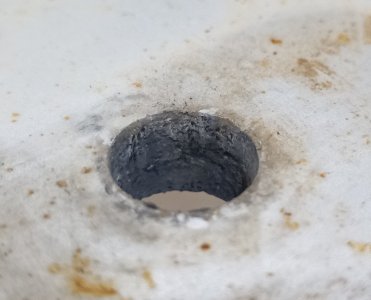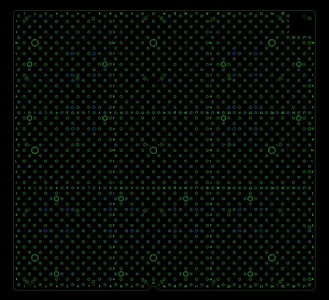Matt-Aburg
Ultra Member
The winner is.............. big drum roll !!!! ....... !!!!!! ......
Green PLA plugs, manufactured by ME. I got 100 percent refund for Grainger plastic set screws... Note to all, They are shit, don't ever buy them !!!

Green PLA plugs, manufactured by ME. I got 100 percent refund for Grainger plastic set screws... Note to all, They are shit, don't ever buy them !!!
Last edited:






